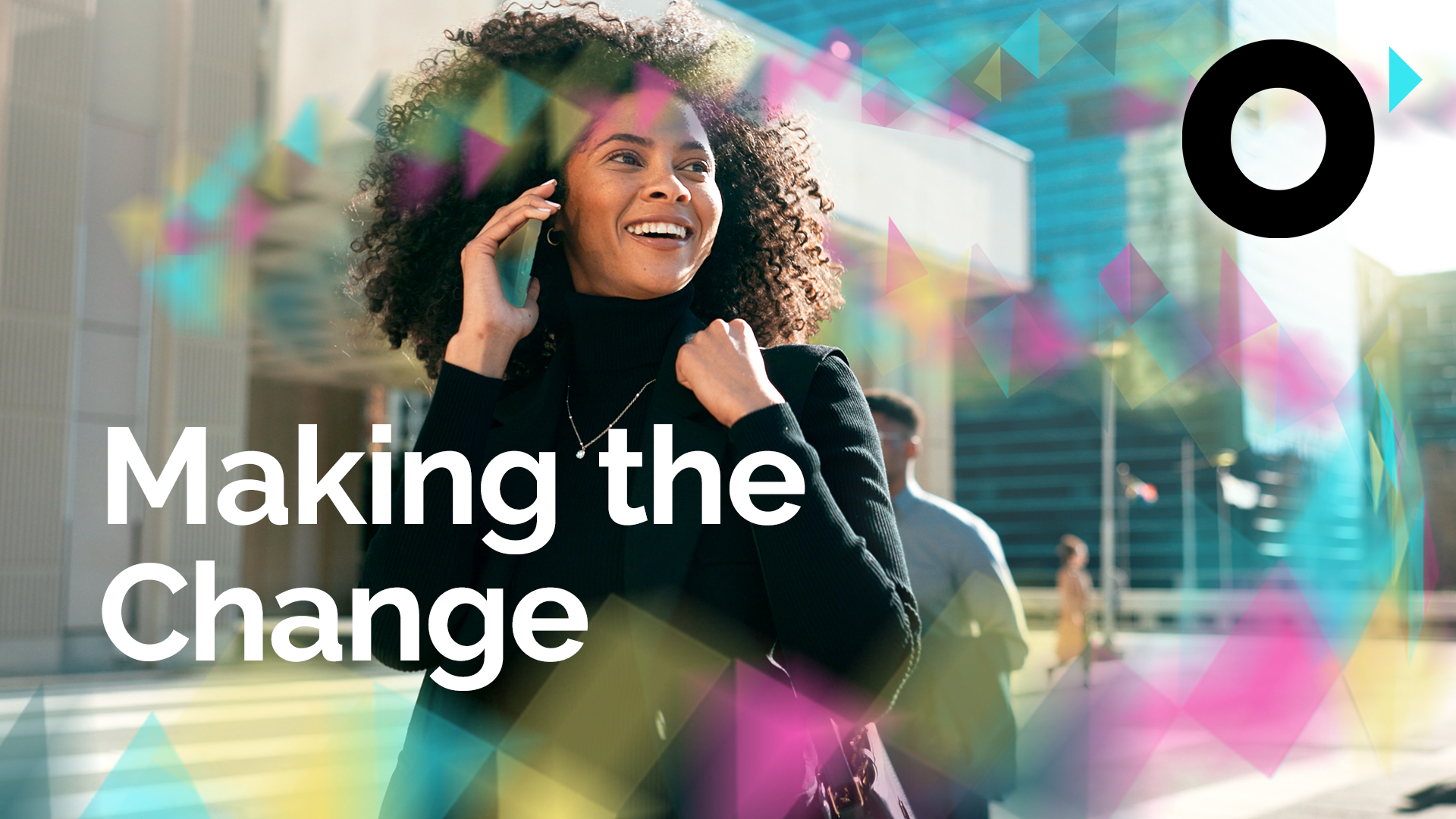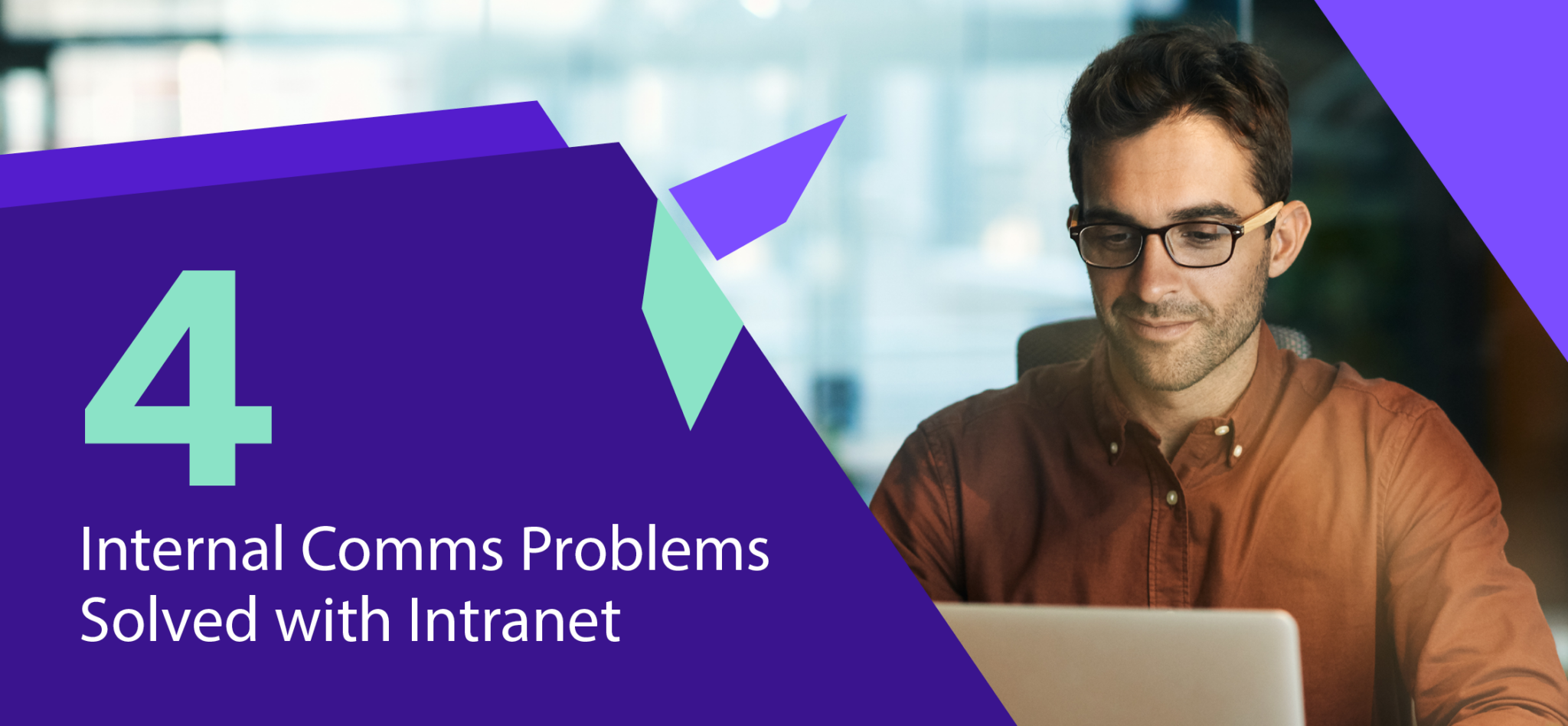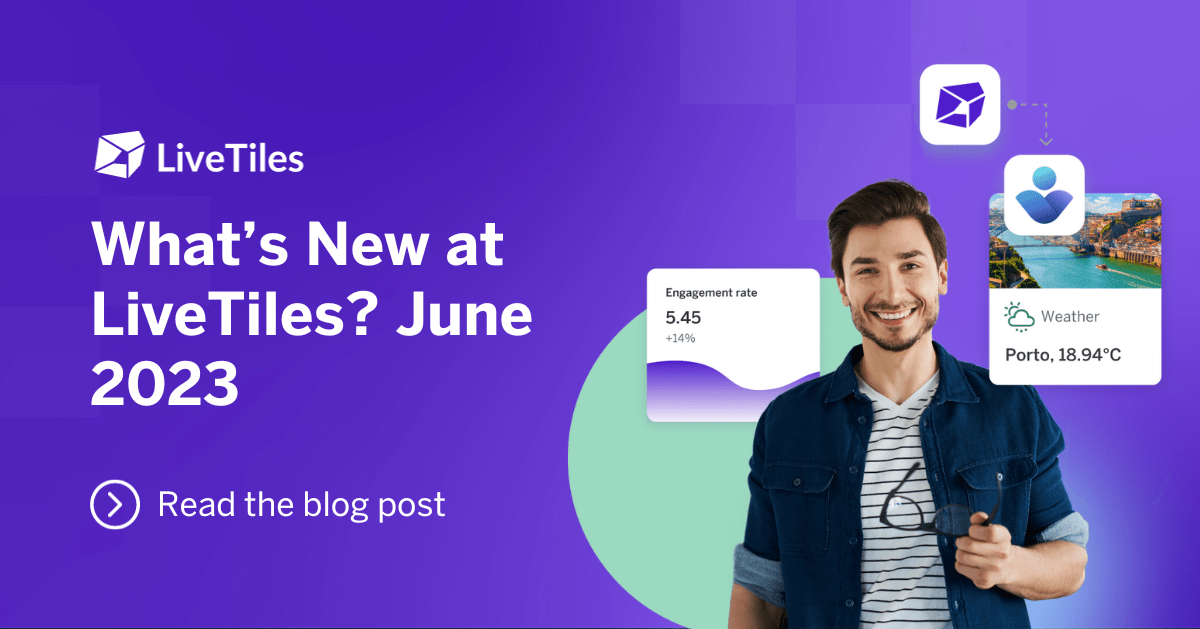How To Create an Internal Comms Strategy
To create an effective internal communications strategy in the age of attention, understanding your audience is a must.
According to James Williams, a research associate at Oxford University, the “Age of Attention” is a better name for what most of us call the “Information Age”. In his book called “Stand out of our Light: Freedom and Resistance in the Attention Economy”, Williams borrows the concept of “attention economy” from Nobel Laureate Hebert Simon, who argued that “a wealth of information creates a poverty of attention”.
With audiences being enticed to look at various forms of media and entertainment, organizations need a better appreciation of what they want and need to craft effective campaigns, create effective internal communication strategies or build better employee engagement.
Many organizations now understand that engaging employees first is one of the keys to success. At LiveTiles, we’ve been seeing how better employee experience translates to better customer service and bottom line in the work we do with our clients. This pushes us to constantly study how we can better serve our clients and their main audience — their employees.
The Four Employee Mindsets
In our efforts to understand internal communication between employees better, we surveyed 165 full-time and part-time employees worldwide to ask them what they appreciate and what frustrates them when their companies communicate with them. Based on their responses, we found that employees’ approaches to work vary, with four priorities emerging:
- “I just want to get my job done.”
- “I want my job to be easy.”
- “Give me tools and I’ll make my own way, and lastly.”
- “I want support and engagement.”
Coming from these priorities, we identified four employee mindsets that can give companies a better grasp of how to their engage employees and implement effective internal communication strategies.
We came across different attitudes, work preferences, and emotional responses employees may have within the organization. Below are snapshots of what each mindset represents.
Achievers
Employees with this mindset want to get their job done, fast. They are usually full-time workers or frontliners, so every minute counts when they are at work. With their busy schedules, they only get to check messages from their employers at certain times of the day. This leads them to think that sometimes, they’re being left behind in communication and information dissemination. So when it comes to internal communication, Achievers expect messages to be accessible, understandable, and relevant to their line of work.
An online employee communication platform like LiveTiles Reach can help address this specific need for the Achiever. It’s deployable on mobile, and can be connected to a larger company intranet, ensuring that the entire employee base has access to relevant communication materials.
Seekers
Seekers are usually the younger members of a team, and as rookies in the field, new experiences excite and challenge them. They actively seek engaging activities from their employers and consciously build relationships with colleagues and managers. Lack of communication from peers — from having their messages left unread or just not having the latest information about work — is frustrating for them.
Employees with this mindset prefer to be overinformed rather than miss out on developments at work. They prefer on-site work setups over hybrid ones, as working on-site gives them more opportunities to interact face-to-face with colleagues.
LiveTiles Reach can also be helpful for the Seeker, as its in-app chat option lets them connect with colleagues whether they’re on-site or off-site. The app also allows users to create groups, so Seekers can track each team they are part of and stay in the loop. And as a group that yearns for connection, Seekers may also enjoy creating and engaging with group-wide posts on Reach. The platform allows users to post stories with images, GIFs, and videos to spark conversation and connection among employees.
Soloists
The opposite of the Seeker is the Soloist, who thrives when working independently.
Soloists are usually full-time office workers in their 30s. Since they prefer to work alone, they’re easily frustrated by meetings and social chats that are irrelevant to their work or prevent them from getting their job done.
Having to use multiple apps just to reach certain groups, for example, is especially frustrating for Soloists. A no-frills approach is really what they prefer, so the easier it is for them to access the message, the better. They prefer to receive concise, targeted communication and stick to a single platform to minimize distraction. Communicating with them via email works well for them.
Using fewer apps also means a more secure digital footprint, which is a plus for Soloists because security and privacy are core concerns for them.
Connectors
Connectors are those that build bridges at work. They’re usually on the higher levels of the org chart, and need to stay on top of different tasks or projects all at once.
This leads them to receive a barrage of different messages, so constant organization updates are off-putting for this group. Connectors prefer a filtered, engaging approach when it comes to communication. So using different tools or trying new platforms that can compartmentalize their different tasks is a welcome approach.
This is when LiveTiles Reach can be helpful. With Reach, each department of an organization has its own “channel” within a single platform. Connectors are then assured that the app notifications they get are only for updates specifically relevant to their line of work.
Reach also allows the integration of events scheduling within the platform, so users can track relevant activities they may join and participate in. Connectors can even share what organizations can improve on through polls.
These features are helpful for Connectors because they seek ways to feel a deep sense of connection and purpose at work. They want communication from their organizations to be mindful of their mission and vision, so they can feel engaged and motivated to do their best.
Employee Experience needs to be personal.
Identifying employees’ different mindsets and approaches to work paints a clearer picture of what they need, and allows companies to create communication strategies that resonate with every unique individual within the organization.
The employee experience is now more personal, and as Deloitte says: a high-impact digital employee experience is only possible when organizations “look beyond the mere functionality of technology and put people at the center of design.”
When crafting your internal communication strategies, think of the four employee mindsets above, and consider how you can best support their specific, unique needs.








